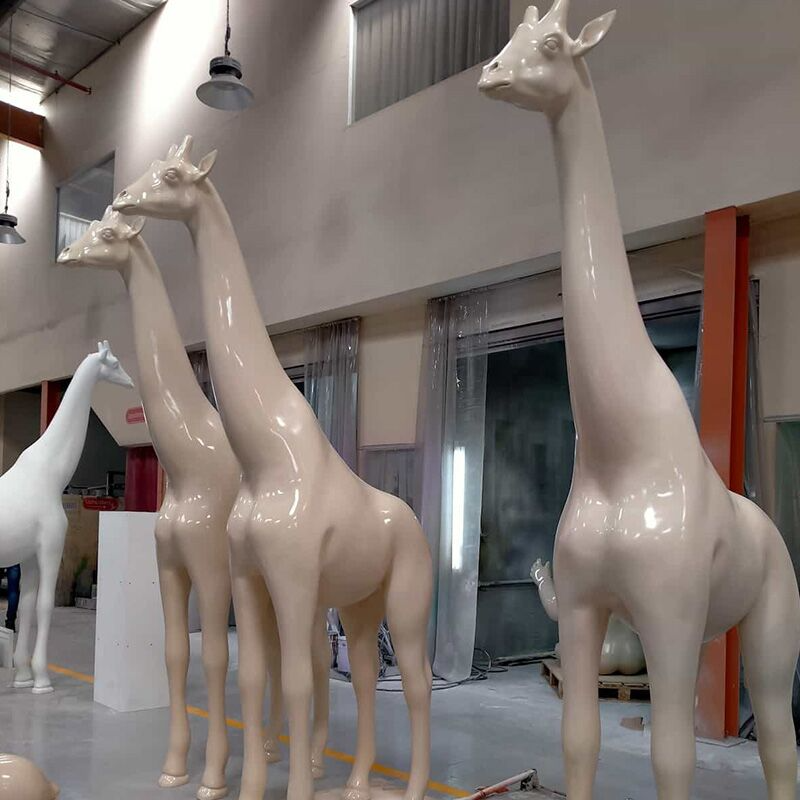
As technology continues to advance, 3D printing emerges as a transformative force, shaping the future of manufacturing, design, and innovation. Often referred to as additive manufacturing, 3D printing service builds objects layer by layer, offering unprecedented flexibility and efficiency.
Evolving technologies:
The world of 3D printing technologies is evolving rapidly. While the fundamentals remain consistent—building layer upon layer—innovations within specific techniques, such as Stereolithography (SLA), Selective Laser Sintering (SLS), and Fused Deposition Modeling (FDM), are pushing the boundaries of what can be achieved. Continuous advancements are enhancing precision, speed, and material diversity.
Material revolution:
One of the driving forces behind the future of 3D printing is the ever-expanding range of printable materials. Initially limited to plastics, the materials palette now includes metals, ceramics, resins, biodegradable polymers, and even living tissues. This material revolution opens doors to a myriad of applications across industries, from aerospace components to medical implants.
Sustainable manufacturing:
As global awareness of environmental impact grows, 3D printing is positioned as a sustainable manufacturing solution. The technology’s additive nature reduces material waste compared to traditional subtractive methods. Additionally, the ability to use recycled or bio-based materials aligns with the growing emphasis on eco-friendly practices, making 3D printing a cornerstone in sustainable production.
Personalized medicine and healthcare:
The healthcare sector is witnessing a revolution propelled by 3D printing. Customized implants, prosthetics, and even patient-specific organs are on the horizon. Tailoring medical solutions to individual anatomies improves patient outcomes and also accelerates the development of personalized medicine.
Mass customization in manufacturing:
Traditional manufacturing often faces challenges in accommodating diverse consumer preferences. 3D printing is poised to revolutionize mass customization, allowing for the efficient production of unique, tailored products at scale. From personalized consumer goods to intricate industrial components, the era of mass customization is dawning.
On-demand production:
3D printing’s capability for on-demand production is reshaping traditional supply chains. Instead of maintaining large inventories, businesses can produce items as needed, reducing storage costs and minimizing waste. Additionally, the layer-by-layer construction of 3D printing liberates designers from traditional constraints. Complex geometries and intricate structures that were once challenging or impossible to create are now within reach. This newfound design freedom is fostering innovation in product development, architecture, and artistic expression.